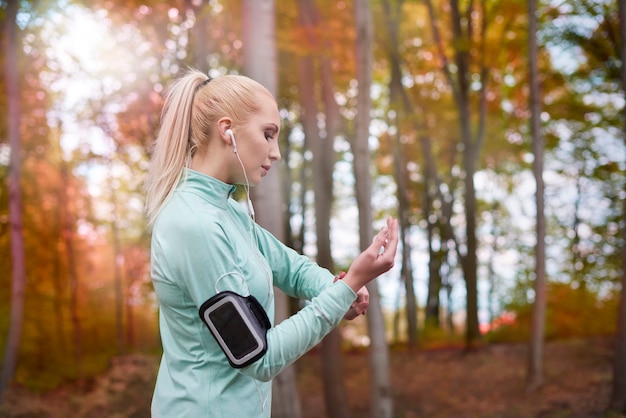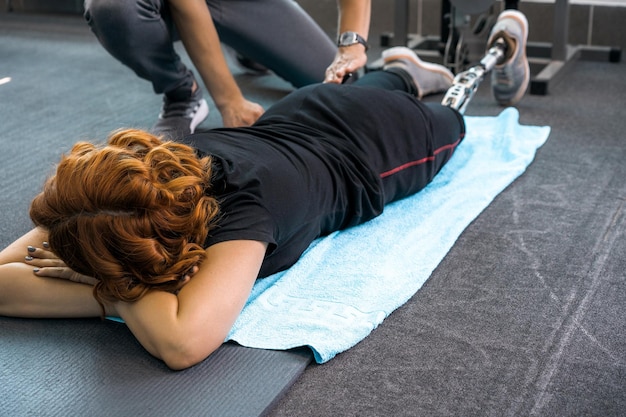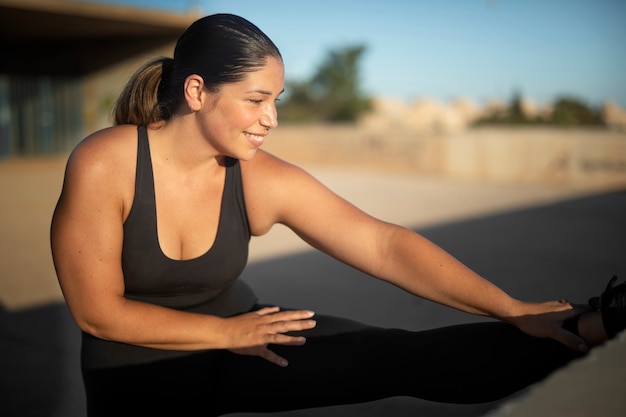No-Equipment Yoga: A 45-Minute Beginner-Friendly Routine with Pro Tips & Modifications
Starting a fitness journey can feel overwhelming, especially if you're new to the gym or unsure where to begin. But what if you could build strength, improve flexibility, and calm your mind—all without stepping foot in a gym or using any equipment? This 45-minute no-equipment yoga routine is designed specifically for beginners, offering coach-style guidance, form cues, and easy modifications to keep you safe and effective.
Why Choose No-Equipment Yoga?
Yoga is one of the most accessible forms of exercise. It requires only your body and a small space, making it perfect for home workouts. For gym newbies, it builds foundational strength, body awareness, and confidence. Plus, it’s low-impact, reducing the risk of injury while still delivering real results.
As seen in popular fitness trends, short, equipment-free routines are gaining traction—like the 10-minute lower-body workout shared by trainers for targeted toning. This 45-minute session expands on that idea, offering a full-body flow that balances strength, mobility, and mindfulness.
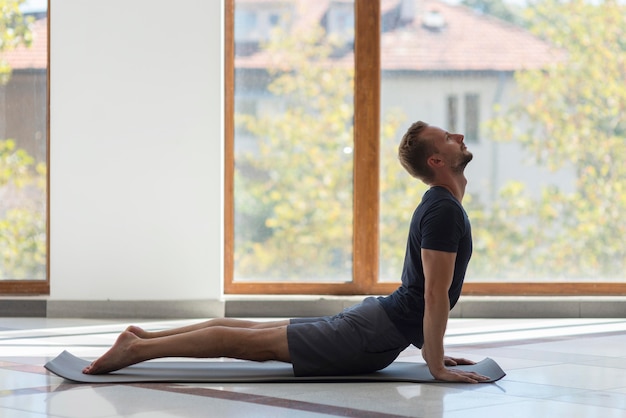
How This Routine Works
This session is structured in three parts:
- Warm-Up (10 minutes): Gentle movements to awaken the body and prepare joints.
- Main Flow (30 minutes): A sequence of yoga poses to build strength, balance, and flexibility.
- Cool Down & Breathwork (5 minutes): Relaxation and deep breathing to integrate the practice.
Warm-Up: Preparing Your Body
Begin seated or standing. Move slowly and focus on breath.
- Neck Rolls (1 min): Gently roll your head in circles. Keep movements small to avoid strain. Modification: Nod head slowly up and down and side to side if full circles are uncomfortable.
- Shoulder Rolls (1 min): Roll shoulders forward and backward. Engage your core to avoid overarching your lower back.
- Seated Spinal Twist (2 min): Sit cross-legged, place one hand behind you, and the other on the opposite knee. Inhale to lengthen, exhale to twist. Tip: Keep hips grounded; don’t force the twist.
- Cat-Cow Stretch (3 min): On hands and knees, alternate between arching your back (cow) and rounding it (cat). Sync movement with breath—inhale for cow, exhale for cat.
- Child’s Pose (1 min): Sit back on heels, stretch arms forward, and rest forehead on the mat. Breathe deeply to relax.
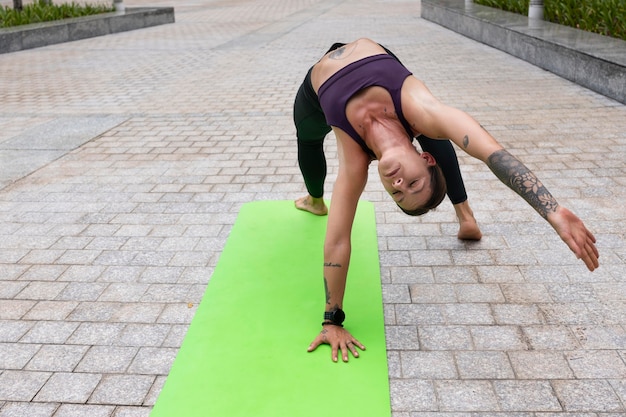
Main Flow: The 30-Minute Yoga Sequence
Move through each pose with control. Hold for 3–5 breaths unless otherwise noted.
- Mountain Pose (Tadasana) – 1 min: Stand tall, feet hip-width apart. Engage thighs, lengthen spine. Coach tip: Imagine a string pulling the crown of your head upward.
- Forward Fold (Uttanasana) – 2 min: Hinge at hips, let head hang. Modification: Bend knees slightly to protect hamstrings.
- Halfway Lift (Ardha Uttanasana) – 1 min: Place hands on shins, lift chest, lengthen spine. Keep back flat.
- Plank Pose – 1 min: From hands and knees, step feet back. Form a straight line from head to heels. Modification: Drop knees for support.
- Low Lunge – 2 min (each side): Step one foot forward, lower back knee. Raise arms overhead. Tip: Keep front knee aligned with ankle.
- Downward Dog – 3 min: Lift hips up and back. Pedal feet to stretch calves. Modification: Bend knees deeply if hamstrings are tight.
- Warrior I – 2 min (each side): Step one foot forward into lunge, raise arms. Square hips forward. Form note: Don’t let front knee collapse inward.
- Warrior II – 2 min (each side): Open hips and arms to the side. Gaze over front hand. Build stamina with steady breath.
- Triangle Pose (Trikonasana) – 2 min (each side): Straighten front leg, reach forward, then side. Place hand on shin or block (imaginary). Tip: Keep both legs strong.
- Bridge Pose (Setu Bandhasana) – 3 min: Lie on back, lift hips. Clasp hands under back if comfortable. Modification: Keep hands under hips for support.
- Seated Forward Bend (Paschimottanasana) – 3 min: Sit with legs extended, reach for toes. Modification: Bend knees or use a strap (imagined).
- Supine Twist – 2 min (each side): Lie on back, drop knees to one side. Arms out in T-position. Promotes spinal mobility.
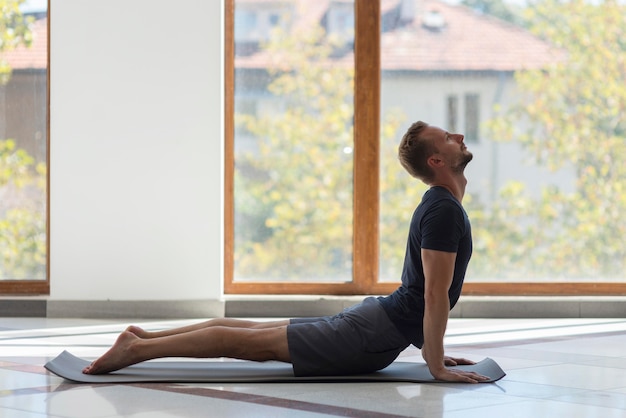
Cool Down & Breathwork
Finish with relaxation to lower heart rate and calm the nervous system.
- Legs-Up-the-Wall (Viparita Karani) – 3 min: Lie on back, extend legs vertically against a wall. Let gravity drain tension from legs.
- Corpse Pose (Savasana) – 2 min: Lie flat, arms at sides, palms up. Close eyes and breathe naturally. Focus on releasing tension from each body part.
- Box Breathing: Inhale for 4 counts, hold for 4, exhale for 4, hold for 4. Repeat 5 times. Enhances focus and recovery.
Tips for Success
- Practice on an empty stomach or at least 1–2 hours after eating.
- Use a yoga mat or towel for grip and comfort.
- Listen to your body—never push into pain.
- Repeat this routine 3–4 times per week for best results.
- Track progress by noting improved flexibility, balance, and ease in poses.
This no-equipment yoga routine is your gateway to a stronger, calmer, and more confident self. Whether you're avoiding the gym or just starting out, this practice meets you where you are—and helps you grow from there.










